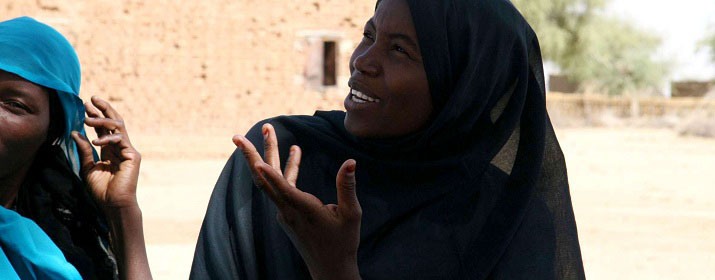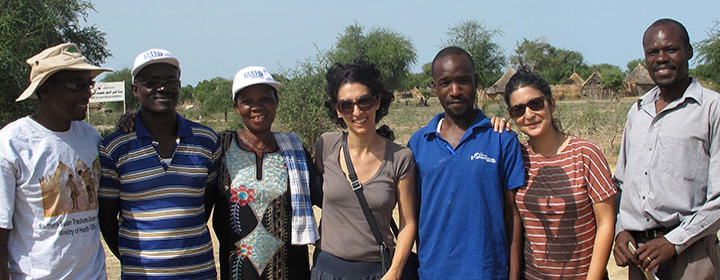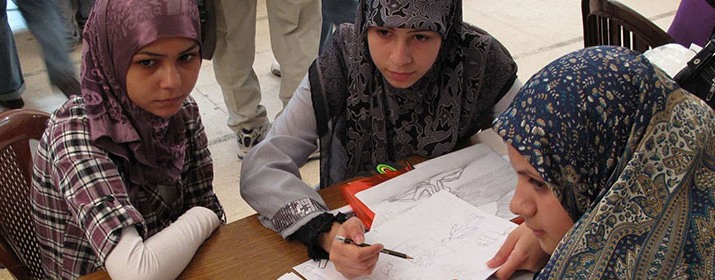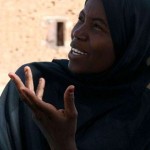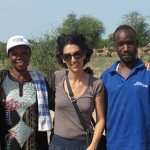This project, financed by Ufficio Otto Per Mille Tavola Valdese (www.ottopermillevaldese.org), has been implemented in the Province of Zambezia, the most densely populated area of Mozambique with an agricultural economy, which relies on forest resources. 70,5% of the population lives under the poverty threshold and the 93% is resident of rural areas.
Gilè District with its 170.538 inhabitants and Pebane District are the areas interested by the project. Pebane bordered by Gilè District to the north, by Ile and Maganja da Costa District to the west, by Moma Districit in the province of Nampula to the east and by the Indian Ocean to the south has an estimated population of 195857 inhabitants.
The communities targeted by the project are 14 and live at the outskirt of the Gilè National Reserve (RNG), in an area called ‘Buffer Zone’. Their lives depend on the agricultural activities of subsistence: the main harvest is manioc, but corn, sweet potato, beans, cashew and sesame are also produce, although in more modest quantity. There is a non-intensive livestock farming of poultry, sheep and goats, while livestock farming of pigs is concentrated in the northern part, non-Muslim.
Despite a dense human presence at the borders, which highly erodes its elements, the Gilè National Reserve represents a unique area because of the lack of human residents in it. The major causes of degradation of the area are linked to the extreme exploitation of resources, as for instance the deforestation, the uncontrolled arsons for clearing the area for agricultural purposes and poaching.
Therefore, the project’s objective is that of improving a sustainable resilience for the vulnerable communities living in the peripheral areas of the Gilè National Reserve, in the Zambezia Province in Mozambico


